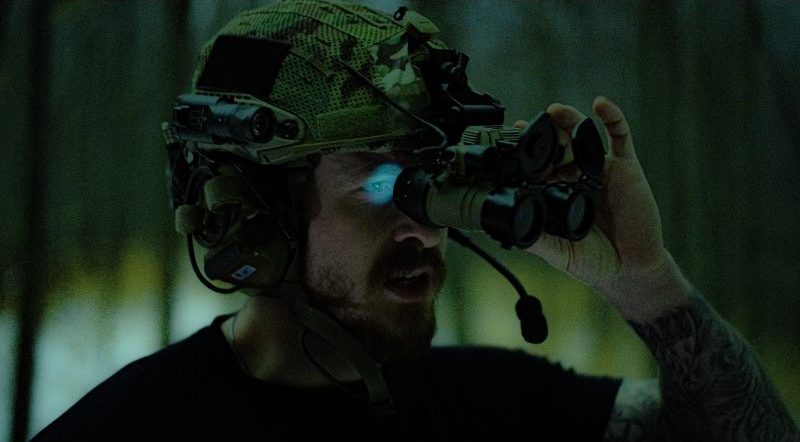From the introduction of the original night vision system during World War II, night vision devices have changed the way combat occurs. Years later, it has moved into the private sector and plays a role in sports and hunting activities, whether as a night vision camera or pair of goggles.
Night vision technology allows professionals to shoot, move and communicate in complete darkness, creating an advantage over their enemies or prey on cloudy or moonless nights. When trying to understand your options and determine which type of night vision tech to purchase, knowing how it works is essential.
Night Vision Light Wavelengths
Operating night vision goggles with clear visibility depend on a relatively simple AI algorithm and changing wavelengths of infrared light. When there isn’t enough light to provide a visual on a target, NVDs fill the gap by relying on the infrared light spectrum. These wavelengths aren’t visible to the human eye.
The Basics of Light and the Infrared Spectrum
Light is made up of photon particles that flow along in a wave. There are varying amounts of energy flowing through a particular light wave, which is related to the wavelength. Red is a longer wavelength with less energy, while violet is a shorter wavelength having more energy.
The typical security camera equipped for night vision usually relies on a single color and wavelength for generating an image. For infrared light and its relationship to NVDs, three primary categories are used.
- Near-infrared light is the closest to the visible spectrum, with wavelengths that range from 0.7 to 1.3 microns.
- Mid-infrared light has wavelengths that range from 1.3 to 3 microns.
- Thermal infrared takes up the largest part of the infrared signals with ranges from 3 microns to more than 30 microns.
There is a difference in thermal imaging since thermal IR is the heat generated from the energy of an object. Anything alive generates heat, and thermal imaging devices capture these infrared emissions. Night vision cameras and equipment typically rely on both infrared and visible light to produce the results hunters or soldiers rely on.
Night Vision Equipment and Construction
There are two primary types of NVDs, and these operate in different ways. Image enhancement and thermal imaging are the options, but image enhancement relies on image intensifier tubes to help generate an enhanced image of the object. As mentioned, thermal equipment uses the thermal infrared spectrum or heat signal to create a visual.
Image Enhancement
Image-enhancement systems are the most common reference to a night vision device. NVDs use an image intensifier tube to collect and amplify visible light and infrared signals the naked eye can’t see. An objective lens capture both near-infrared and ambient light and sends it through the tube. The tube is powered by batteries and converts the photons in the light energy into electrons. A complex transformation process occurs throughout the tube before creating an image on the ocular lens or viewing screen.
As technology advancements impact NDVs, projected infrared light is only sometimes required for clear results.
Thermal Imaging
As an alternative option, thermal equipment takes advantage of the visibility of photons that hot objects release to the visible light spectrum. This technology captures energy at the higher end of the spectrum.
Cooler objects, such as buildings or trees, are identified with purple, while objects move from red to yellow the hotter they get. Infrared detector elements are used to create a detailed temperature pattern called a Thermogram. The intensity of the image generates the colors evident, making this conversion in less than half a second.
Night Vision Unit Comparisons
There are many NDVs on the market, with night vision binoculars one of the more popular and useful purchases for combat and private-sector use. Thermal imaging takes advantage of a wide range of situations when comparing it to the alternative, as the imaging is produced based on the heat emissions from an object. Effective use of the device has nothing to do with night vision.
However, image enhancement equipment gives you a slight advantage over your target. The range of accuracy allows you to remain concealed until you are ready to make a move, and you can more fully visualize the target and its surroundings.
Night Vision Systems and Where to Get Them
Steele Industries is an industry leader and provides the highest quality NVD systems and accessories on the market. Order a ready-to-ship device or place an order for a custom build.


